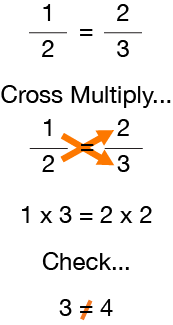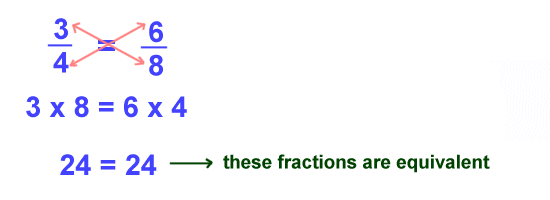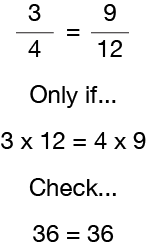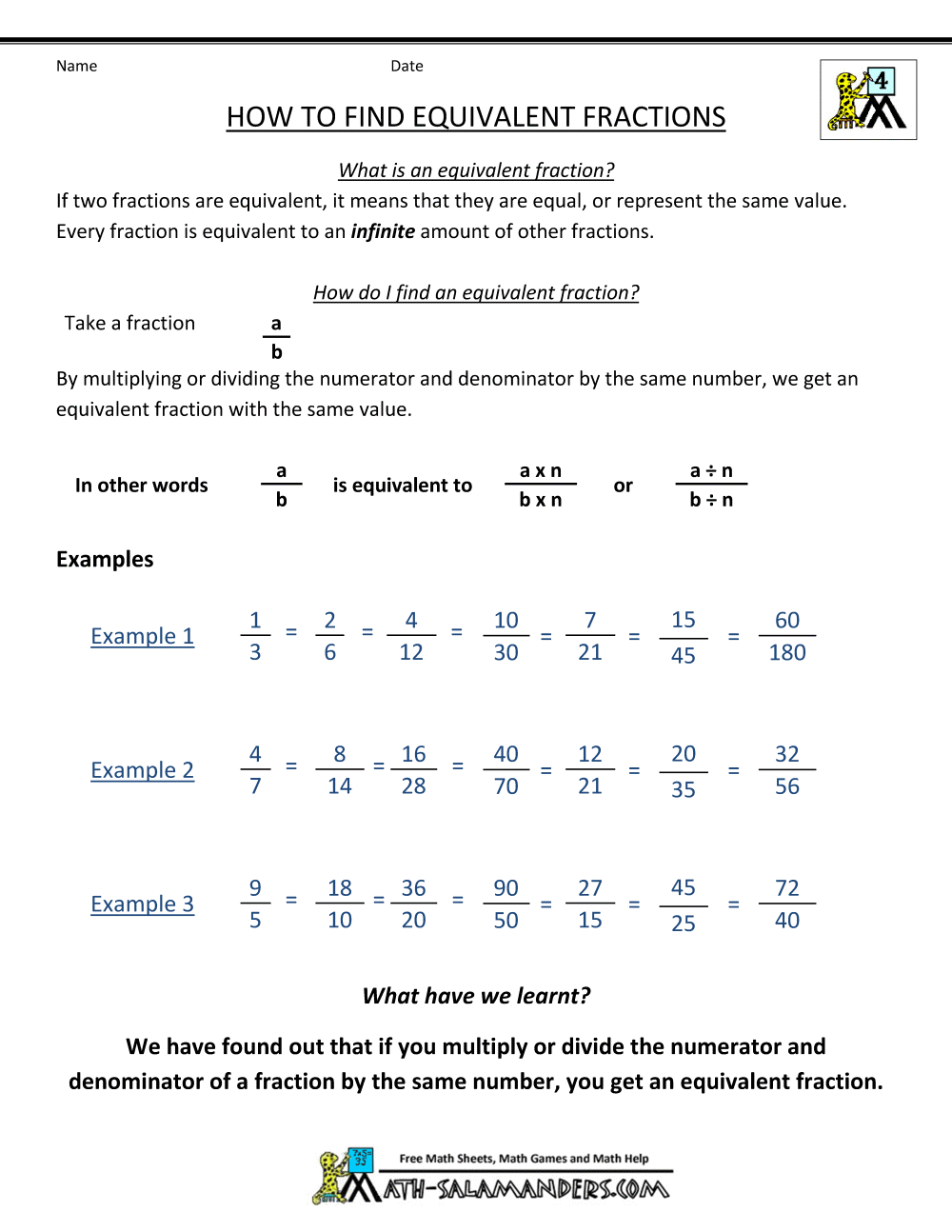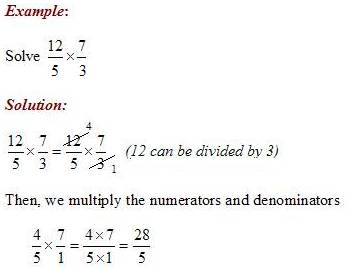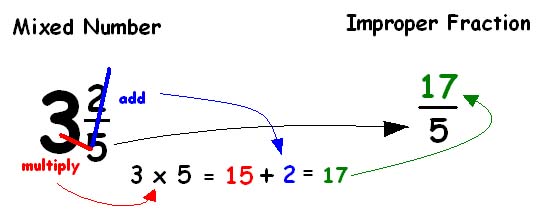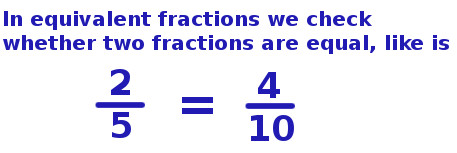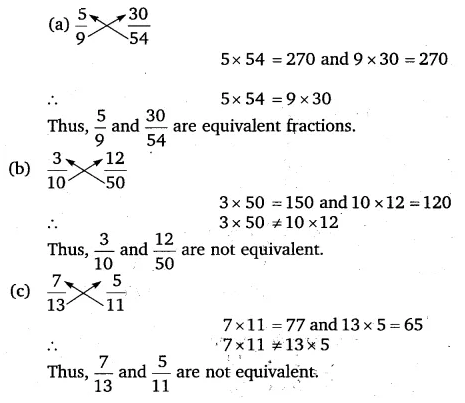Cool Tips About How To Check Fractions

The fourteenth lesson on fractions, aimed at year 5 and 6 pupils, in a series produced by the ncetm during the school closures period in summer 2020.
How to check fractions. If you have negative fractions insert a minus sign. Next, it's either 21 out of 30, or 25. 21 is less, and that represented 7/10, so we can say 7/10, 'cause 21/30 equals 7/10, and finally that leaves us.
Let us check if 1/4 and 3/12 are equivalent fractions by converting them in decimal. If two fractions are given, we can simply find their decimals to check if they are equivalent fractions. 5 1 becomes 1 5.
Turn the second fraction upside down (the reciprocal): 2 3 × 1 5 = 2 × 1 3 × 5 = 2 15. Whenever we compare two or more fractions, first we have to check the denominators.
How do you check fraction? 1/2 = 128/256 and then cross multiply 1/2 = 128/256 1 × 256 = 128 × 2 256 = 256 since this is true 1/2, 128/256 are equivalent check. If they are different, rewrite one or both fractions with a common denominator.
To determine if one fraction is equivalent to another, either multiply or divide both parts of one fraction by the same whole. To check, we make both fractions equal. How to determine equivalent fractions.
No mobile devices in your classroom? Multiplying, dividing, adding and subtracting fractions decimals and percentages. This is a fraction calculator with steps shown in the solution.

